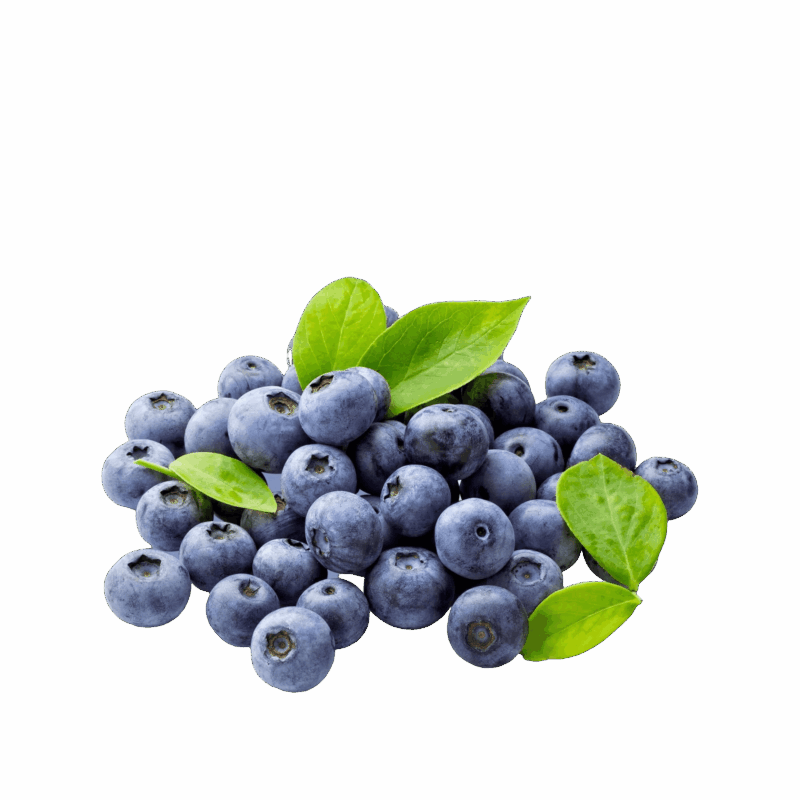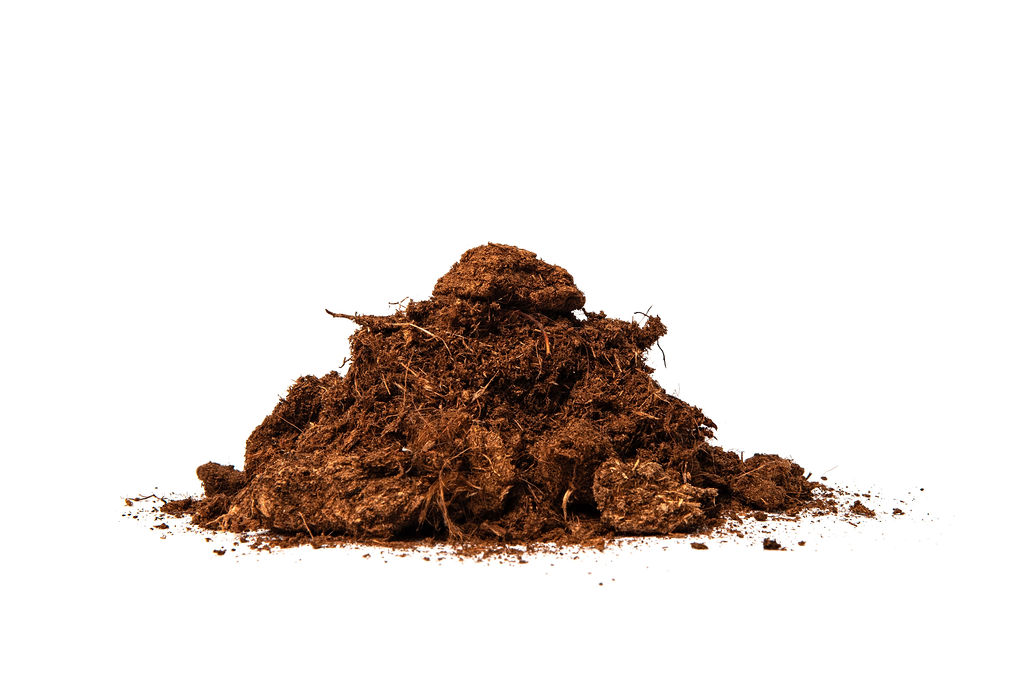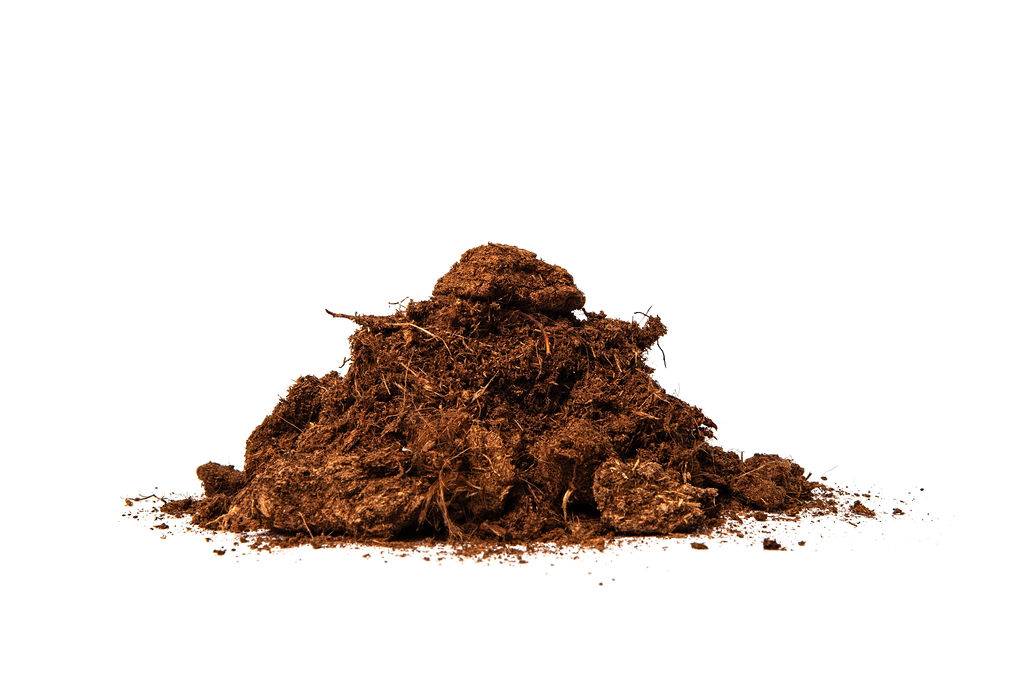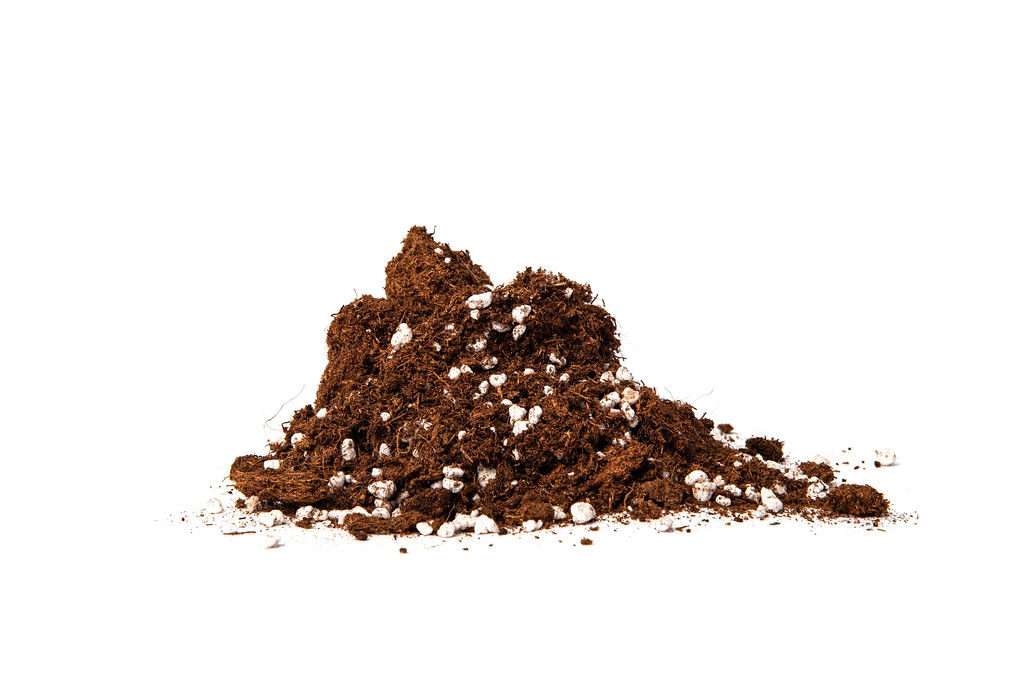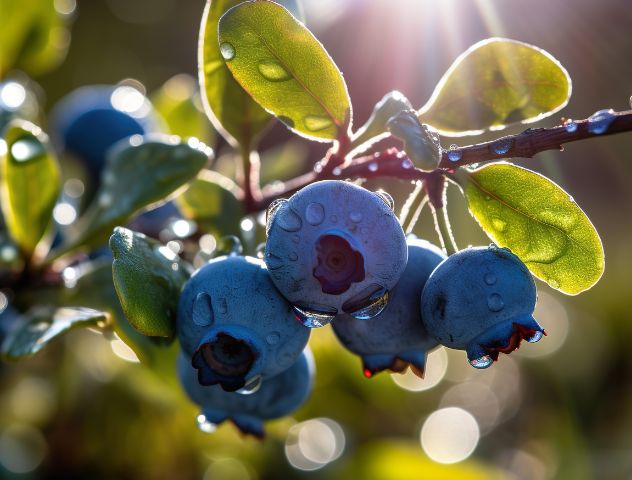
Why Blueberries are So Finicky
Blueberries are famously finicky when it comes to their growing environment, particularly with respect to soil pH. As acid-loving plants, they require a substrate with a lower pH level (ideally between 4.5 and 5.5) to thrive. Blueberries require a precise environment, and peat’s natural acidity – derived from the slow decomposition of organic material in waterlogged, anaerobic conditions – creates the ideal low-pH growing medium.
Growing blueberries in soils that are too alkaline leads to nutrient lockout, particularly iron deficiency, which manifests in yellowing leaves and poor fruit development. Peat naturally maintains the lower pH that blueberries crave, eliminating the need for constant soil adjustments and amendments.
In addition to their pH requirements, blueberries need a substrate that offers excellent moisture retention without becoming waterlogged. The shallow root systems of blueberries mean they rely heavily on the top layers of soil for water and nutrients, so keeping this area moist is crucial. Peat substrates for blueberries hold onto moisture while still allowing excess water to drain away, preventing the roots from sitting in water and reducing the risk of root rot.
Growing Other Acid-Loving Plants
These ornamental shrubs, much like blueberries, are prone to root issues in less-than-ideal substrates, making peat an ideal solution for anyone growing a range of acid-loving species:
Rhododendrons and Azaleas: These ericaceous shrubs thrive in soils with a pH between 4.5 and 6.0, where key micronutrients like iron and manganese are more bioavailable. Peat substrates not only stabilize these pH levels but also enhance cation exchange capacity (CEC), ensuring sustained nutrient uptake.
Camellias: Camellias perform best in acidic, well-draining soils with a pH range of 5.0 to 6.5. Peat’s superior water retention properties help regulate soil moisture, preventing the over-saturation that can cause phytophthora root rot, while simultaneously holding moisture in drier climates or during periods of inconsistent rainfall.
Gardenias: Known for their high sensitivity to soil pH (4.5 to 5.5), gardenias depend on acidic soils to access essential nutrients like iron, which prevents chlorosis and supports healthy foliage. Peat substrates maintain the precise acidity needed for proper iron absorption while offering the moisture management required to prevent waterlogging.
Don’t Let Blueberries Scare You – Here’s How to Get It Right
Blueberries may have a reputation for being finicky, but with the right approach, they can thrive in your garden. Follow these tips to give your acid-loving plants, like blueberries, the perfect growing environment:
- Keep an Eye on pH: Regularly monitor the soil pH to ensure it stays within the ideal range for blueberries (4.5-5.5). Consider using sulfur-based soil amendments if the pH starts to rise, but with peat substrates, you’ll rarely need major adjustments.
- Water Wisely: Blueberries like their soil moist but not soggy. Water deeply once or twice a week, letting the top layer dry out a bit between waterings. This encourages deep root growth without drowning the plant.
- Add Mulch for Extra Moisture Control: A layer of pine bark mulch on top of your peat substrate helps lock in moisture and boosts acidity. This is especially helpful in warmer climates where soil tends to dry out quickly.
- Feed Them Right: Blueberries aren’t heavy feeders, but they do need nitrogen in the spring to kickstart growth. Use a fertilizer designed for acid-loving plants to avoid messing with the pH. Peat’s slow-release nutrients will help keep your blueberries fed without the need for frequent fertilizing.
- Pick the Right Container: If you’re growing blueberries in pots, make sure to use containers with good drainage and enough space for their shallow, spreading roots. Plan to repot every few years to prevent them from getting root-bound, and refresh the peat substrate to keep them growing strong.
